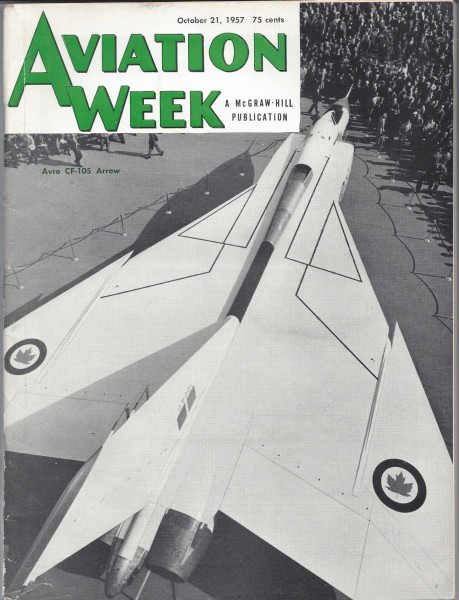At Strategy Page, a look at an under-reported phenomenon as ISIS struggles with retaining some of its foreign volunteers:
ISIL is having problems with its foreign recruits. Many of them arrive with the intention of simply living in an “Islamic state” not fighting to expand that state. ISIL tried to accommodate the foreigners, lest they return home and report unfavorably about life in ISIL controlled territory. This led to foreign recruits getting better treatment (housing, food, access to “wives” and all manner of creature comforts. This, naturally, led to resentment by local (Syria and Iraq) recruits. That led to more locals deserting, joining the growing number of foreigners who simply walked away. Or tried to walk away as in late 2014 ISIL began accusing those who left of desertion and jailing or executing them. This inspired more (but better planned) desertions and growing dissent within both the ranks and among commanders. ISIL does want skilled foreigners in their caliphate but most of the foreign volunteers have no useful skills and ISIL seeks to use them as fighters or suicide bombers. Few people with useful skills are eager to join ISIL.
Internal criticism is not the only problem ISIL is facing in 2015. ISIL has recently suffered prominent defeats in Iraq and Syria as well as continued rebellions in both countries. Even the Syrian Army is retaking ground from ISIL. The Kurds are defeating ISIL forces outside Kobane in Syria and near the Iraq border. In Iraq Kurds, Iraqi soldiers and Sunni and Shia militias are both stopping ISIL attacks and pushing back ISIL forces outside of Mosul, Kirkuk and Tikrit. An offensive to retake Mosul is expected before June. Meanwhile air attacks not only continue but are more frequent and more damaging. This makes it more difficult to stockpile supplies or move large numbers of gunmen quickly. More leaders are being found and killed by these air attacks. Important economic targets like oil refineries are being destroyed. Inside the ISIL run “caliphate” (eastern Syria and western Iraq) there are growing shortages of everything and ISIL is finding that conquest is easier than running an economy. The economic problems fuel the rebellions and desertions and it’s a vicious circle that is destroying ISIL from within. The problem with ISIL is that so far it has solved its supply (logistical) problems via looting. But there has been no new conquests to loot for over six months and the stockpiles of plunder taken in 2014 is nearly exhausted. It’s another example of the old military maxim, “amateurs study tactics while professionals study logistics.” The accountants always win in the end.
The forces arrayed against ISIL have a better grasp of the logistical problems and have done something with that awareness. Thus Kurdish and Iraqi forces operating along the border with Syria have cut the best supply routes between Syria and Iraq. ISIL can still move between these two areas but with greater difficulty (using more fuel and time to do so). Taking longer to travel puts ISIL more at greater risk of attack by coalition warplanes. Worse, it becomes impractical to move essential supplies (especially food and fuel) between Iraq and Syria.




